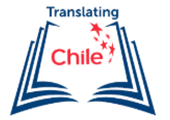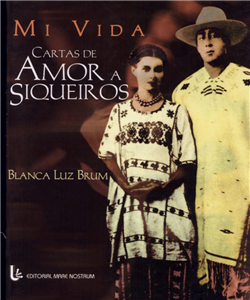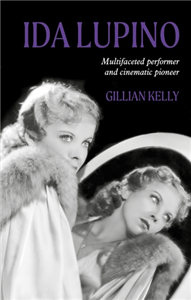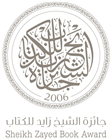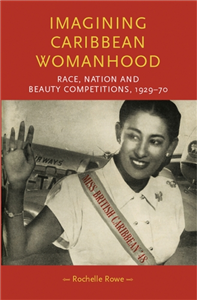The passion of two giants, Blanca Luz Brum and David Alfaro Siqueiros.
The inspiring muse of the brilliant Mexican muralist, she shared with Frida Kahlo, Orozco, and Ben the revolutionary spirit of Mexico; she mingled in Los Angeles with Albert Einstein, Charles Chaplin, and Marlene Dietrich; she was a propagandist for Evita and Juan Domingo Perón in Argentina; a disciple of Krishnamurti, Mariátegui, and Siles Suazo; a compatriot of the avant-gardist Huidobro, she ended her tumultuous existence on the idyllic island of "Robinson Crusoe" in the South Pacific.
Her passion for David Alfaro Siqueiros leads her to Mexico, where she lives with Frida Kahlo and Diego Rivera. Siqueiros is imprisoned, and the letters that Blanca Luz sends him hidden in the cuffs of shirts are a human document reflecting the tragic love and political confrontations.
Through her tumultuous life, she portrays an era of sublime ideals, heroic revolutions, and daring leaders.
The most captivating personalities of her time, Frida Kahlo, Diego.Rivera, Orozco, Eva and Perón, Mariátegui, Sandino, Krisnamurty, Vicente Huidobro, Siles Suazo, Seoane, Haya de la Torre, Paz Estensoro are humanized in her life diary.
Fascinated by adventure, she escapes from the convent to marry the poet Juan Parra del Riego. Thus begins the American pilgrimage of this woman of striking beauty and insurgent temperament, whose personality drives her to live on the edge.
The couple travels to the United States, where they socialize with Albert Einstein, Charles Chaplin, John Steinbeck, Serguei Eisenstein, Joseph von Sternberg, Arthur Miller, John Dos Passos, Leopoldo Stokowski, Marlene Dietrich, Daudrey Murphy, and Hart Crane. In Buenos Aires, the muralist captures her naked body in Villa Torcuato. Love falls apart, and Siqueiros joins the Spanish republican militias.
Blanca Luz collaborates in the justicialism as Perón's Press Secretary. In 1939, she arrives in Chile, her permanent residence, where she directs magazines and is president of the Pen Club.
Following the tragic death of her sons Eduardo and Nils, she finds refuge on Robinson Crusoe Island.
Blanca Luz Brum, a legendary life and a character from a novel.










